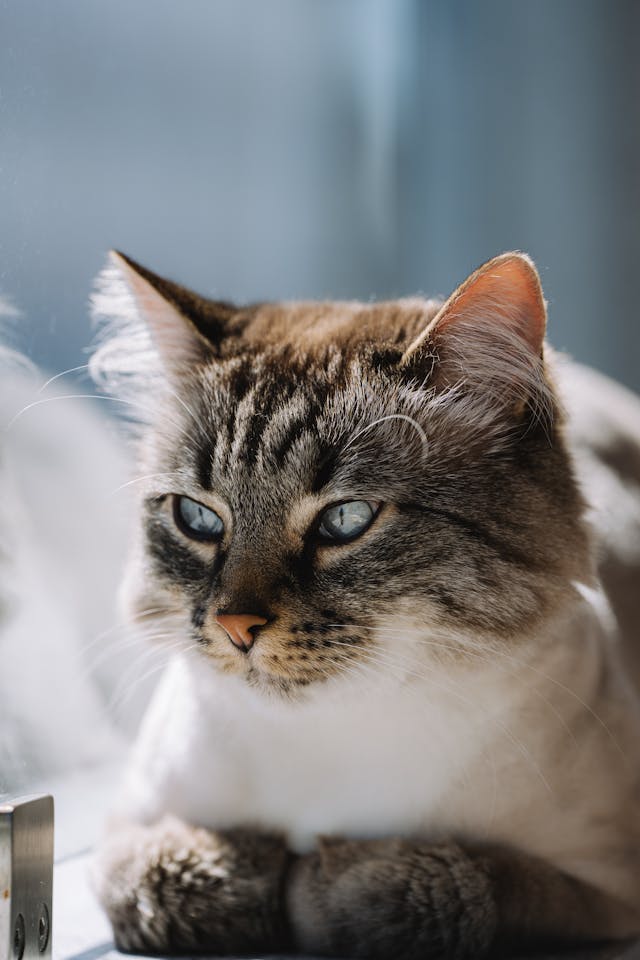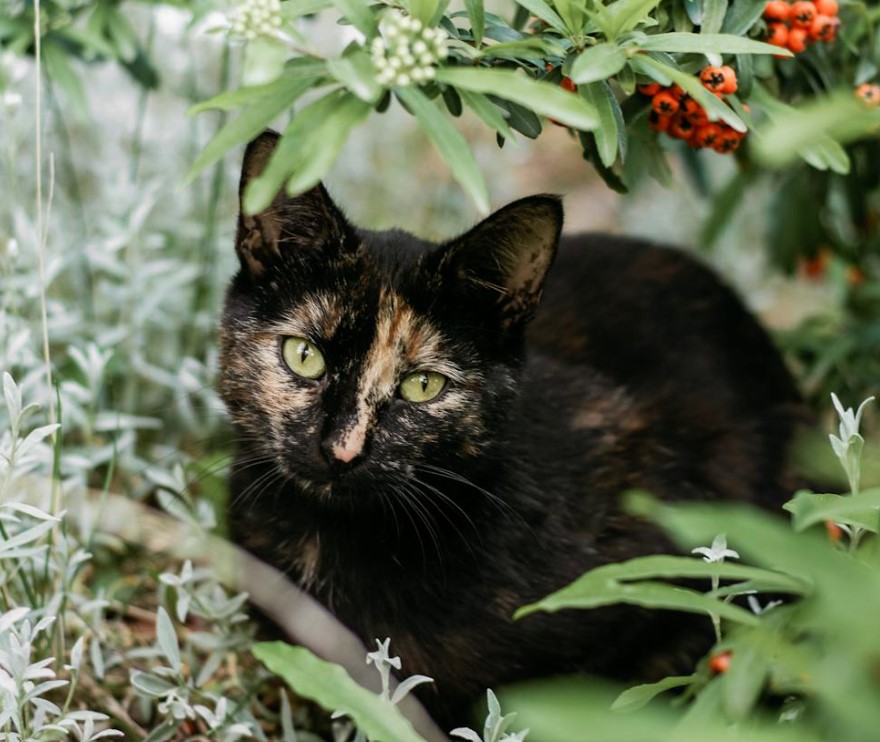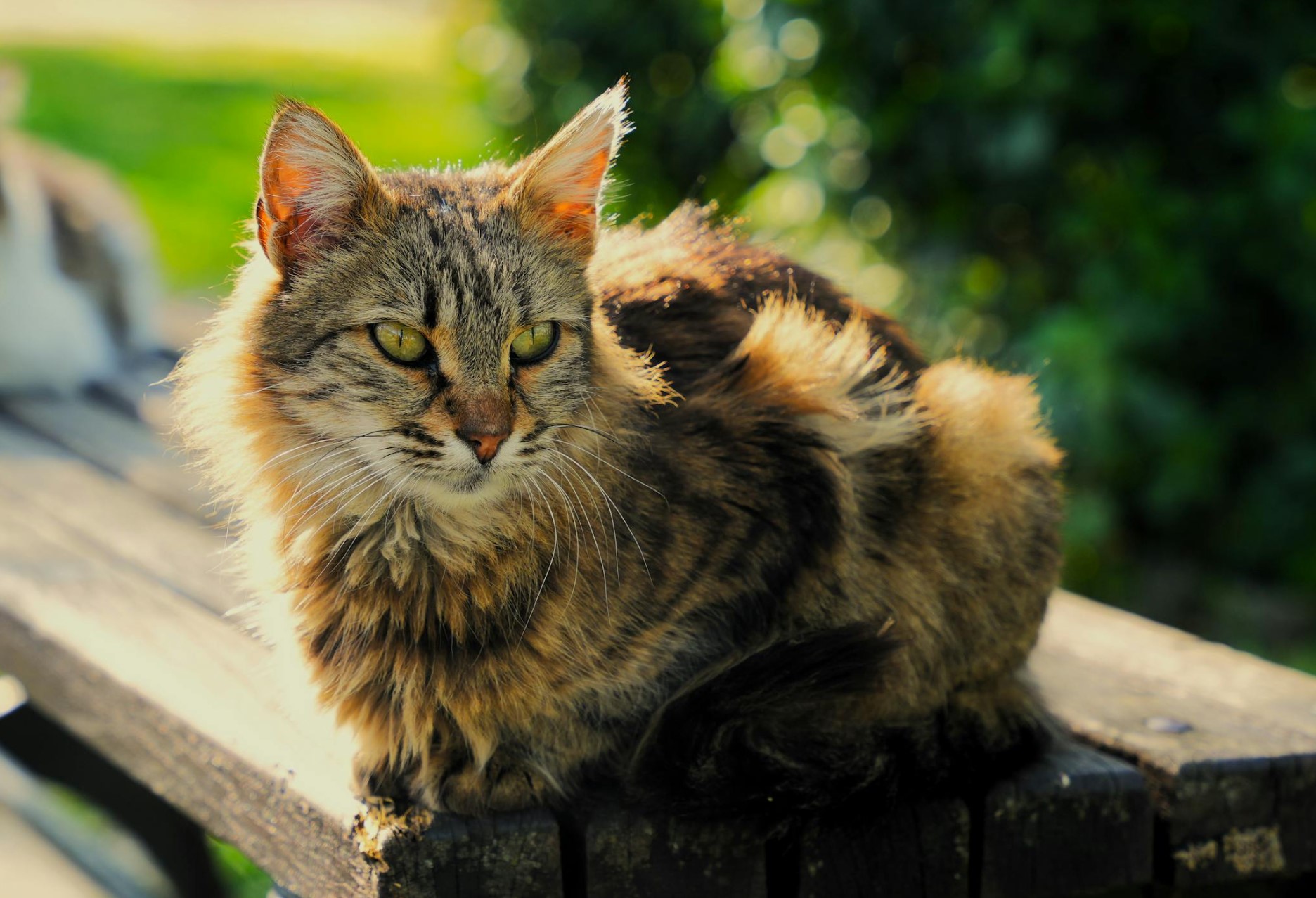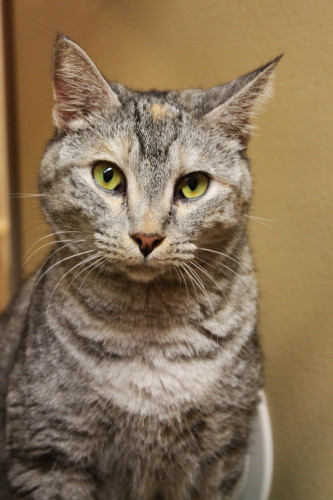Whiskers, Paws and Claws: The Captivating World of Cats
I've always been a cat person. There's something about their independent spirit and mysterious nature that draws me in. My first cat, Mittens, was a stray I found huddled under my porch during a thunderstorm. She was soaked, scared, and had the biggest green eyes ever. That night, as she purred contentedly on my lap, I knew I was hooked. Since then, I've shared my life with several feline friends, each with their quirks and personalities. It's these experiences that have led me to dive deep into the fascinating world of cats, uncovering secrets and stories that never fail to amaze me.
From Wild to Mild: The Journey of Cat Domestication
Let's start at the beginning. Cats have been our companions for thousands of years, but their journey from wild predators to purring pets is a tale worth telling.
The Egyptian Connection
Most of us have heard that cats were worshipped in ancient Egypt, and there's truth to that. The goddess Bastet, often depicted as a cat or a woman with a cat's head, was a big deal back then. Killing a cat was a serious crime, sometimes even punishable by death. Talk about taking "cat person" to the extreme!
But here's the kicker - cats might have been cozying up to humans even earlier than we thought. Recent evidence suggests that our feline friends started hanging around humans as far back as 12,000 years ago in the Fertile Crescent. Imagine being the first person to earn a cat's trust. It must have felt pretty special.
The Big Cat Cousins
When I look at my tabby lounging on the sofa, it's hard to believe she shares ancestors with lions and tigers. But it's true! All cats, from the mighty lion to the tiniest kitten, belong to the Felidae family. This family has existed for about 25 million years, which is pretty mind-blowing.
Some fun facts about our cats' bigger cousins:
- Cheetahs can't roar. Instead, they make a chirping sound that's more bird-like than cat-like.
- Lions are the only truly social cats, living in groups called pride.
- Tigers have striped skin, not just striped fur. You'd still see the stripes if you shaved a tiger (not that you should!).
The Domestic Cat Diversity Show
Now, let's talk about the cats we're more likely to find in our homes. The variety of cat breeds out there is incredible, each with its own unique traits.
The Naked Truth: Sphynx Cats
I recall the first time I saw a Sphynx cat at a cat show. I approached the owner holding it, and to my surprise, the cat tried to come to me. It was one of the most friendly cats I’ve ever seen. It didn’t rest until I carefully picked him up. It looked like it was wearing a grayish suede bodysuit! These hairless wonders are incredibly soft and warm to the touch. Despite their lack of fur, they're not hypoallergenic, which is a bummer for allergy sufferers.
The Gentle Giants: Maine Coons
If Sphynx cats are the suede bodysuits of the cat world, Maine Coons are the fluffy bathrobes. These cats are huge! They can weigh up to 18 pounds and grow 40 inches long from nose to tail tip. I once met a Maine Coon named Mr. Fluffles, who was more significant than my neighbor's terrier.
The Worried Look: Scottish Folds
Scottish Folds have a unique genetic mutation that gives them folded ears, making them look perpetually worried. They always think, "Did I forget to turn off the stove?" Despite their intriguing appearance, they're quite laid-back and affectionate cats.
The Swimming Cats: Turkish Vans
Simply extraordinary! While most cats avoid water, the Turkish Vans enjoy swimming! I once saw a video of a Turkish Van playing in a bathtub, and it looked like it was having the time of its life.
Cat Behavior: The Weird and the Wonderful
Living with cats means witnessing some pretty strange behaviors. Here are a few that never fail to amuse or surprise me:
The Mysterious Purr
We all love the soothing sound of a cat's purr, but did you know that scientists still aren't entirely sure how cats produce this sound? Some think it's caused by blood flowing through a large vein in the chest, while others believe the laryngeal muscles produce it.
Even more interesting is that cats don't just purr when they're happy. They also purr when they're stressed, injured, or even giving birth. It's like their way of self-soothing.
The Gravity-Defying Flip
You've probably heard that cats always land on their feet. This isn't just a myth - it's a real phenomenon called the "righting reflex." Cats can rotate their flexible spine mid-air, allowing them to land safely from impressive heights.
This ability is so remarkable that in the 1960s, the U.S. Air Force actually studied cats to improve astronauts' movements in zero gravity. Imagine if cats had become astronauts before humans!
The Midnight Zoomies
If you've ever been woken up at 3 AM by your cat racing around the house like it's possessed, you've experienced the "zoomies." This sudden burst of energy is actually your cat following its natural instincts.
In the wild, cats are most active at dawn and dusk. Your domestic tiger is just following its ancestral hunting schedule. So next time you're rudely awakened by a cat using your face as a launching pad, try to remember: it's not personal; it's primal.
The Superhero Senses of Cats
Cats don't just behave differently from us; they experience the world in ways we can hardly imagine. Their senses are fine-tuned for hunting and survival, even if the only thing they're hunting these days is the red dot from a laser pointer.
Night Vision Goggles? Nah, Just Cat Eyes
Cat eyes are truly something else. They can see in light six times dimmer than what humans need. Their night vision is so good they could probably read a book by starlight (if they cared about reading, that is).
But it's not all superior in cat vision. They're actually a bit nearsighted compared to humans, and they see fewer colors. So while they might be great at catching that midnight mouse, they'd make terrible art critics.
Whiskers: Nature's Measuring Tape
Those cute whiskers aren't just for show. They're highly sensitive touch receptors that help cats navigate their environment. Cats use their whiskers to determine if they can fit through small spaces - it's like having a built-in measuring tape!
Even more impressively, cat whiskers can detect changes in air currents, allowing them to sense nearby movements. It's like they have a tiny weather station on their face. No wonder they always seem to know when I'm about to open a can of tuna!
Toe Beans: More Than Just Cute
A cat's paws are incredibly sensitive, with a high concentration of nerve receptors. This allows them to detect vibrations through the ground, which is useful for hunting and avoiding predators.
This sensitivity also explains why some cats are particular about their litter. Imagine if your toilet paper felt like sandpaper - you'd be picky too!
Cat Communication: It's Not All Meows
Contrary to what some might think, cats are excellent communicators. They just speak a different language - one that involves tail positions, ear movements, and a variety of vocalizations.
Tail Talk
A cat's tail is like a mood ring. A high, quivering tail means they're happy to see you. A puffed-up tail means they're scared or angry. And a tail wrapped around your leg? That's the feline equivalent of a hug.
But here's a fun fact: not all cats can use their tails as expressively. The Manx cat, for instance, is born without a tail due to a genetic mutation. It's like they're playing charades with one hand tied behind their back!
The Many Voices of Cats
Cats have a wide vocabulary of vocalizations, from the standard meow to chirps, trills, and even chatters. Interestingly, adult cats don't typically meow at each other - that's a sound reserved mostly for human-cat communication.
Some cats are more talkative than others. Siamese cats, for example, are known for their loud, raspy voices. My friend has a Siamese named Chatty Catty, and let me tell you, that cat lives up to its name!
The Catnip Craze
No discussion about cats would be complete without mentioning catnip. This seemingly innocent herb can turn even the most dignified feline into a rolling, purring ball of ecstasy.
The Science of the High
Catnip contains a compound called nepetalactone, which binds to the olfactory receptors in a cat's nose. This triggers a response in the brain that can cause behaviors ranging from increased playfulness to zoned-out bliss.
Interestingly, not all cats respond to catnip. The sensitivity is inherited, and about 30% of cats don't react to it at all. It's like some cats got invited to the party while others are left watching through the window.
Catnip Alternatives
There are alternatives for cats who don't respond to catnip. Silvervine, valerian root, and Tatarian honeysuckle can all produce similar effects. It's like having a whole menu of mood-altering substances for your cat to choose from. Just remember: responsible pet ownership means no actual drugs for kitty!
Cats in the Digital Age
As we look to the future, it's clear that our relationship with cats will continue to evolve, especially in this digital age.
The Internet's Favorite Animal
From Grumpy Cat to Nyan Cat, our feline friends have become the unofficial mascots of the internet. It's estimated that there are over 2 million cat videos on YouTube alone. If cats could understand copyright law, they'd be rolling in royalties!
High-Tech Kitties
With the rise of smart home technology, our cats are becoming increasingly tech-savvy. Now, apps let you play with your cat remotely; automatic feeders dispense food on a schedule and even litter boxes that clean themselves. I recently got an automatic laser pointer for my cat, and I swear she now expects the red dot to appear simultaneously every day.
The Ongoing Feline Fascination
As I write this, my cat Whiskers is curled up next to me, purring contentedly. Moments like these remind me why I fell in love with cats in the first place. They're complex creatures with rich histories, unique behaviors, and an uncanny ability to capture our hearts.
Cats continue to fascinate and surprise us, from the majestic lion to the purring pet on your lap. They've been our companions for thousands of years, yet they still maintain an air of mystery. Perhaps that's why we love them so much – they're familiar, yet forever enigmatic.
So the next time your cat stares at you with those inscrutable eyes, remember: you're not just looking at a pet. You're gazing into the face of a small, domesticated marvel – a creature that has walked alongside humanity for millennia, never fully tamed, always intriguing.
In the end, perhaps the most interesting thing about cats is how they make us feel – loved, amused, exasperated, and endlessly curious. And isn't that just purr-fect?
Return to Home
Healthy Cat Treat

Subscribe to Our Love Cats Digest e-zine
"A cat improves the garden wall in sunshine, and the hearth in foul weather." - Judith Merkle Riley
Marketing Strategies by













New! Comments
Have your say about what you just read! Leave me a comment in the box below.